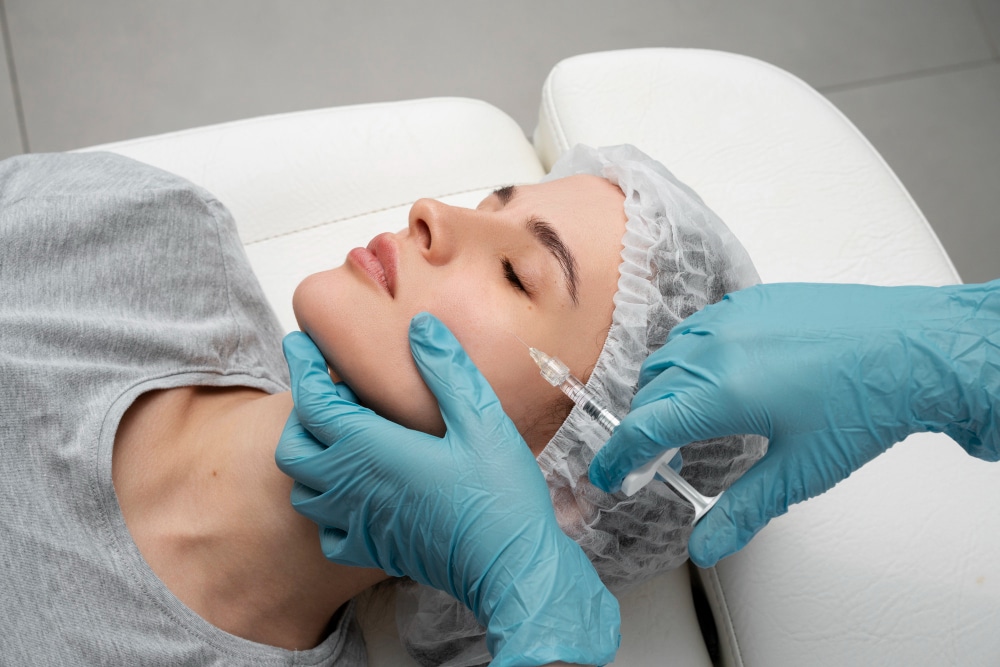
Dermal fillers are minimally invasive and non-surgical treatments aimed at correcting wrinkles and rejuvenating the face. Wrinkles around the eyes, cheeks, lips, and nasolabial folds can be caused by various factors, including aging, sun exposure, pollution, and illness, which affect skin health, hydration, and firmness.
These fillers come in various brands and formulations, typically made from materials like hyaluronic acid, poly-L-lactic acid, and calcium hydroxyapatite. Hyaluronic acid is particularly popular for its ability to hydrate the skin and support cellular functions that maintain youthfulness. As natural hyaluronic acid diminishes with age, the skin becomes dry, saggy, and more prone to wrinkles. Dermal fillers replenish hyaluronic acid, instantly plumping and rejuvenating the skin at a cellular level.
Moreover, some fillers stimulate collagen and elastin production, while others offer antioxidant benefits to combat free radicals, ensuring longer-lasting results in facial rejuvenation.
Dermal fillers, also known as soft tissue fillers, are medical devices used to correct wrinkles and enhance facial volume. They must be administered by experienced medical professionals. Approved uses include treating moderate to severe facial wrinkles, hand augmentation, and certain types of facial fat loss and contour deficiencies. However, they should not be used for breast augmentation, foot plumping, or injections into bones, tendons, ligaments, or muscles. Permanent silicone injectables for large-scale body contouring are also not recommended due to serious potential risks like chronic pain, infection, and embolism.
Side effects of dermal fillers are generally mild and temporary, such as bruising, swelling, and tenderness. Less common side effects include nodules, infection, and skin necrosis. Rare but serious complications may include anaphylactic shock, implant displacement, and vision issues.
Before treatment, patients should ensure their injector is a licensed healthcare professional with expertise in dermatology or plastic surgery. Discuss expectations, risks, and medical history with the provider, and seek prompt medical attention for any concerning symptoms post-treatment.
In conclusion, dermal fillers offer effective solutions for smoothing wrinkles and enhancing facial contours when administered by skilled professionals. While generally safe, potential risks and proper use guidelines underscore the importance of informed decision-making and careful treatment planning to achieve optimal results and minimize complications.
Join our newsletter to receive latest news and offers

Medicle MD Ltd
Reg. Number: 14317237
Address: 27 Old Gloucester Street,
WC1N 3AX London,
United Kingdom